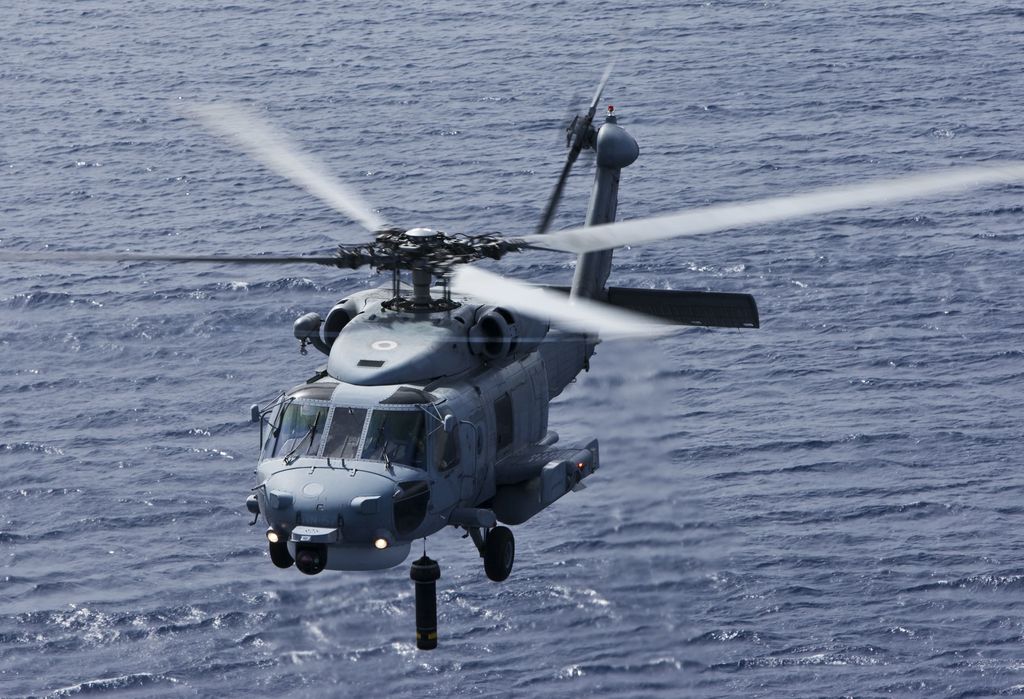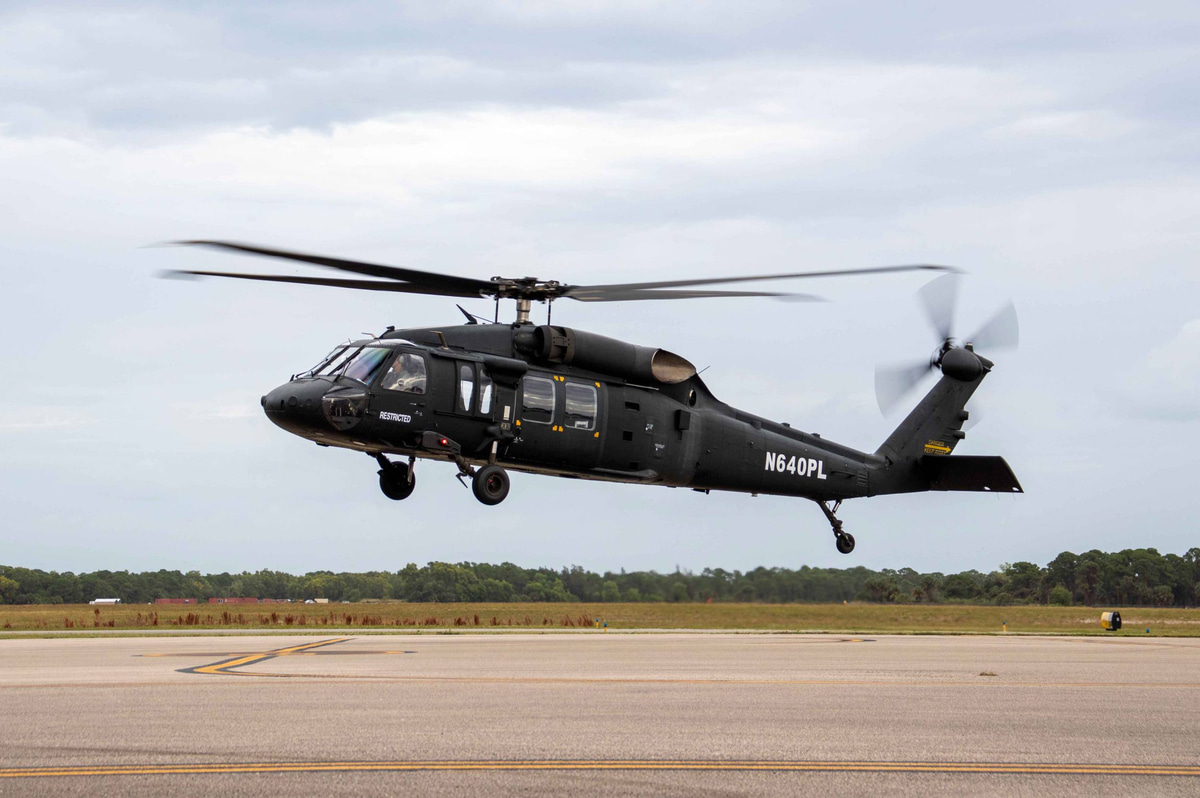Why the Sikorsky S 70 is the Preferred Choice for Modern Helicopter Missions
Why the Sikorsky S 70 is the Preferred Choice for Modern Helicopter Missions
Blog Article
Rotary-Wing Aircraft Offering Superior Resilience and Accuracy Engineering
In the realm of air travel, rotary-wing aircraft have actually long been identified for their distinct capacities in various functional settings. From military goals to civilian applications, the development of rotary-wing modern technology has led the way for devices that supply exceptional longevity and precision design. Via developments in products and construction methods, combined with innovative trip control systems, these aircraft have ended up being indispensable tools for tasks that require both effectiveness and accuracy. As we explore the complex equilibrium between development and dependability in rotary-wing airplane, it becomes obvious that the merging of sophisticated modern technology and tried and tested design concepts has actually established a brand-new criterion for efficiency and efficiency in the aerospace industry.
Advancement of Rotary-Wing Modern Technology
Throughout the background of air travel, the evolution of rotary-wing modern technology has actually been a testament to consistent development and advancement in aerial design. From the early days of upright flight with basic designs to the innovative helicopters and other rotary-wing aircraft these days, the development in this field has actually been remarkable.
In the very early 1900s, pioneers like Igor Sikorsky and Juan de la Cierva made significant strides in rotary-wing modern technology. Sikorsky's VS-300 helicopter, very first flown in 1939, noted a zero hour in the development of functional rotary-wing aircraft. This success led the method for further improvements in vertical trip abilities.

Today, rotary-wing airplane play essential roles in different markets, including armed forces procedures, emergency situation clinical services, law enforcement, and industrial transportation. The development of rotary-wing modern technology remains to press the boundaries of what is possible in vertical flight, guaranteeing that these aircraft stay vital properties in the aeronautics industry.
Materials and Construction Innovations
Showing a blend of innovative products and accurate construction strategies, rotary-wing airplane have undertaken significant innovations in durability and performance. One of the essential innovations in materials utilized for rotary-wing aircraft is the increasing usage of composite products.
In addition, the combination of sophisticated finishings and surface therapies has played a crucial role in boosting the toughness of rotary-wing airplane. These coverings give defense against rust, abrasion, and severe climate conditions, prolonging the lifespan of the airplane and reducing maintenance needs.
In terms of building technologies, additive manufacturing, likewise referred to as 3D printing, has reinvented the manufacturing of complex components for rotary-wing aircraft. This modern technology allows for fast prototyping and modification, leading to faster advancement cycles and minimized prices. Overall, the constant development of products and building and construction techniques is driving the capabilities and performance of rotary-wing aircraft to new elevations.
Accuracy Trip Control Equipment
 see this 70
see this 70"/>
The combination of GPS innovation further boosts the precision and reliability of these systems, permitting specific navigating, waypoint tracking, and automated trip control. sikorsky s 70. This level of accuracy not only enhances the safety and security of rotary-wing operations but likewise enhances total functional efficiency and goal efficiency
Furthermore, the continuous innovations in fabricated intelligence and artificial intelligence have facilitated the growth of autonomous trip capabilities within Accuracy Flight Control Equipment. This makes it possible for rotary-wing aircraft to execute complicated goals with unequaled accuracy and uniformity, making them essential properties in a large range of applications, consisting of military procedures, search and rescue goals, and aerial digital photography.
Toughness in Challenging Settings
Popular functional settings, rotary-wing airplane demonstrate outstanding resilience and toughness, making sure optimal performance under difficult ecological conditions. These aircraft are made to withstand a large array of ecological elements, consisting of severe temperatures, high winds, and harsh surface, making them fit for various objectives in varied landscapes.
One vital factor adding to the durability of rotary-wing aircraft is their tough building and construction. These aircraft are developed making use of top quality products and progressed engineering methods to improve their structural honesty and reliability. Furthermore, elements such as rotor blades, engine systems, and touchdown equipment are thoroughly made to endure the pressures and stresses experienced throughout procedures in tough settings.
Moreover, rotary-wing airplane are furnished with advanced onboard systems that keep an eye on why not try this out performance metrics in real-time, permitting proactive maintenance and early detection of potential issues - sikorsky s 70. This proactive approach aids protect against unanticipated failings and guarantees the continued airworthiness of the aircraft in requiring functional settings. Overall, the resilience of rotary-wing aircraft in tough atmospheres is a testament to their premium design and style, making them indispensable properties for different mission-critical operations
Upkeep and Integrity Specifications
The adherence to strict maintenance and integrity requirements is critical in ensuring the optimum performance and safety of rotary-wing airplane. Regular upkeep checks, carried out by certified professionals, are important to determine and address any type of potential concerns before they endanger the aircraft's functionality. These checks include a comprehensive assessment of all crucial parts, including the engine, blades system, avionics, and hydraulic systems, to guarantee that they remain in prime working condition.
Additionally, adherence to scheduled upkeep intervals based on maker guidelines is critical for supporting the airplane's dependability. This aggressive technique helps stop unexpected malfunctions and ensures that the aircraft continues to be airworthy for its designated goals. Additionally, the application of durable integrity standards, such as routine element screening and replacement based on established lifecycles, better enhances the aircraft's reliability.
Verdict

In conclusion, the improvements in rotary-wing airplane modern technology have actually brought about superior resilience and precision this engineering. With ingenious materials and building methods, together with accuracy flight control systems, these aircraft can operate in difficult atmospheres with enhanced dependability. The maintenance and dependability standards guarantee that these rotary-wing aircraft continue to perform at their best, making them vital possessions for different markets.
Demonstrating a fusion of cutting-edge materials and specific building and construction methods, rotary-wing aircraft have undergone substantial improvements in toughness and performance. One of the essential innovations in products made use of for rotary-wing aircraft is the increasing utilization of composite products.With careful interest to information and progressed technological assimilation, rotary-wing airplane have embraced Accuracy Flight Control Equipment as a foundation of their operational excellence. On the whole, the sturdiness of rotary-wing aircraft in tough atmospheres is a testament to their remarkable engineering and layout, making them important assets for numerous mission-critical procedures.
In conclusion, the advancements in rotary-wing airplane innovation have led to premium toughness and precision engineering.
Report this page